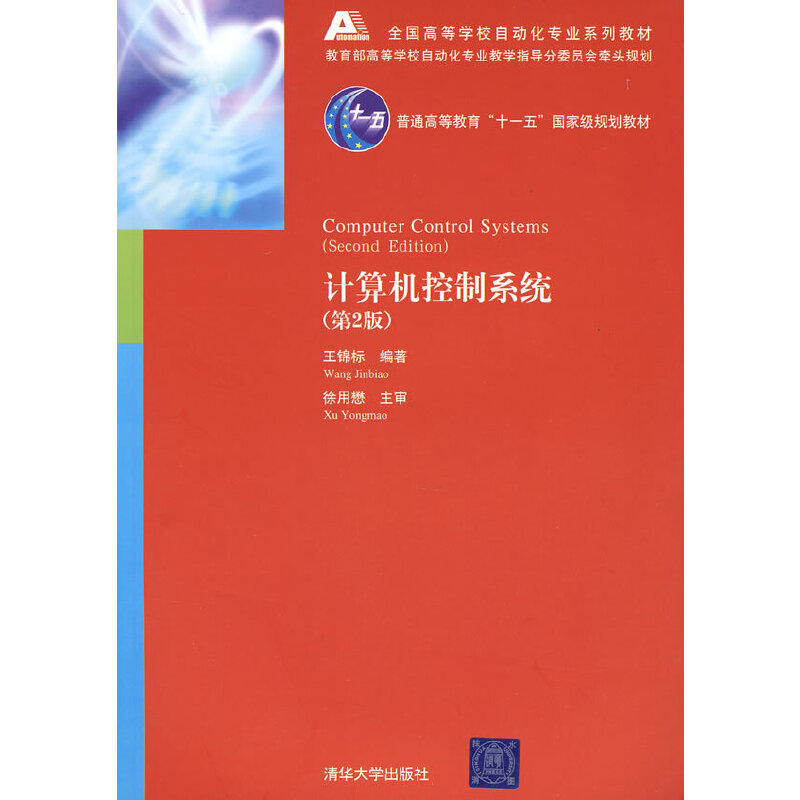有机化学实验(英文版)
作者: 王梅、王艳华、高占先
出版时间:2011年12月
出版社:高等教育出版社
- 高等教育出版社
- 9787040300932
- 1版
- 76254
- 0045152916-8
- 16开
- 2011年12月
- 300
- 200
- O62-33
- 化工与制药类
- 本科
The book encompasses six sections: introduction, basic techniques for organic experiments, basic preparation experiments of organic compounds,comprehensive experiments, self-designing experiments, and investigative experiments. Tables of commonly used data, index, and the Chinese-English professional glossary are attached to the end ofthe book.
The book was written with emphasis on (1) basic techniques for organic experiments, including some advanced experimental techniques such as microwave reactions and the resolution of racemates; (2) common scale and miniscale experiments, also taking account of semimicro- and microscale experiments;(3) traditional and representative organic reactions, meanwhile,
introducing the concept of "green" synthesis; and (4) training students in basic experimental skills, including developing their ability in experimental design and scientific research as well.
This book can be used as a textbook for the bilingual course of organic chemistry experiments. It can also be used as a teaching reference book for the experiment courses of other related majors.
Chapter 1 Introduction
1.1 General Rules for Organic Chemistry Laboratory
1.2 Safe Laboratory Practice and First Aid in Case of an Accident
1.2.1 Prevention of Fires and First Aid in Case of a Fire
1.2.3 First Aid for Cuts and Scalds
1.2.4 Prevention of Damages from Hazardous Chemicals and First Aid for Chemical Burns
1.2.5 Toxicity and Safety Data of Chemicals
1.2.6 Disposal of Chemical Wastes
1.3 Informatiori Sources for Experimental Organic Chemistry
1.3.1 Important Handbooks and Dictionaries
1.3.2 Important Journals Involving Organic Experiment
1.3.3 Important Online Resources
1.4 Common Glassware and Apparatus
1.4.1 Names and Uses of Common Glassware
1.4.2 Cleaning and Drying Glassware
1.4.3 Common Organic Lab Apparatus
1.4.4 Assembling and Disassembling Apparatus
1.5 Preparation and Notebook for the Laboratory
1.5.1 Laboratory Preparation Note
1.5.2 Experimental Record
1.5.3 Sample Calculation for Notebook Records
1.5.4 Laboratory Notebook Formats
1.5.5 Experimental Report
Chapter 2 Basic Techniques for Organic Experiments
2.1 Working on Glass Tubes
2.1.1 Cutting and Bending Glass Tubes
2.1.2 Stretching Glass Tubes
2.2 Weighing, Measuring and Transferring Reagents
2.2.1 Measuring and Transferring Liquids
2.2.2 Weighing Methods
2.3 Heating, Cooling and Stirring Methods
2.3.1 Heating Methods and Precautions
2.3.2 Cooling Methods and Coolants
2.3.3 Stirring Methods and Equipment
2.4 Extraction
2.4.1 Liquid-Liquid Extraction
2.4.2 Liquid-Solid Extraction
2.5 Drying and Drying Agents
2.5.1 Drying Organic Liquids
2.5.2 Drying Solids
2.6 Gas Traps
2.7 Separating and Purifying Liquid Compounds
2.7.1 Simple Ddstillation
2.7.2 Fractional Distillation
2.7.3 Vacuum Distillation
2,7.4 Steam Distillation
2.8 Separating and Purifying Solid Compounds
2.8.1 Filtration Apparatus and Techniques
2.8.2 Centrifugation and Decanting Solutions
2.8.3 Evaporatine Solvents
2.8.4 Decolorizing Carbon
2.8.5 Recrystallization
2.8.6 Sublimation
2.9 Chromatography
2.9.1 Column Chromatography
2.9.2 Thin-Layer Chromatography (TLC)
2.9.3 Gas Chromatography (GC)
2.9.4 High-Performance Liquid Chromatography ( HPLC)
2.10 Measuring Physical Constants of Organic Compounds
2.10.1 Melting Point
2.10.2 Boiling Point
2.10.3 Refractive Index
2.10.4 0ptical Rotation and Specific Rotation
2.10.5 Relative Density
2.11 Spectroscopic Identification of Organic Compounds
2.11.1 Infrared (IR) Spectroscopy
2.11.2 Nuclear Magnetic Resonance (NMR) Spectroscopy
2.11.3 Ultra-Violet-Visible (UV-Vis) Spectroscopy
……
Chapter 3 Basic Experiments
Chapter 4 Comprehensive Experments
Chapter 5 Self-Designing Experiments
Chapter 6 Investigative Experiments
References
Appendix
Index
Vocabulary
Periodic Table of the Elements










